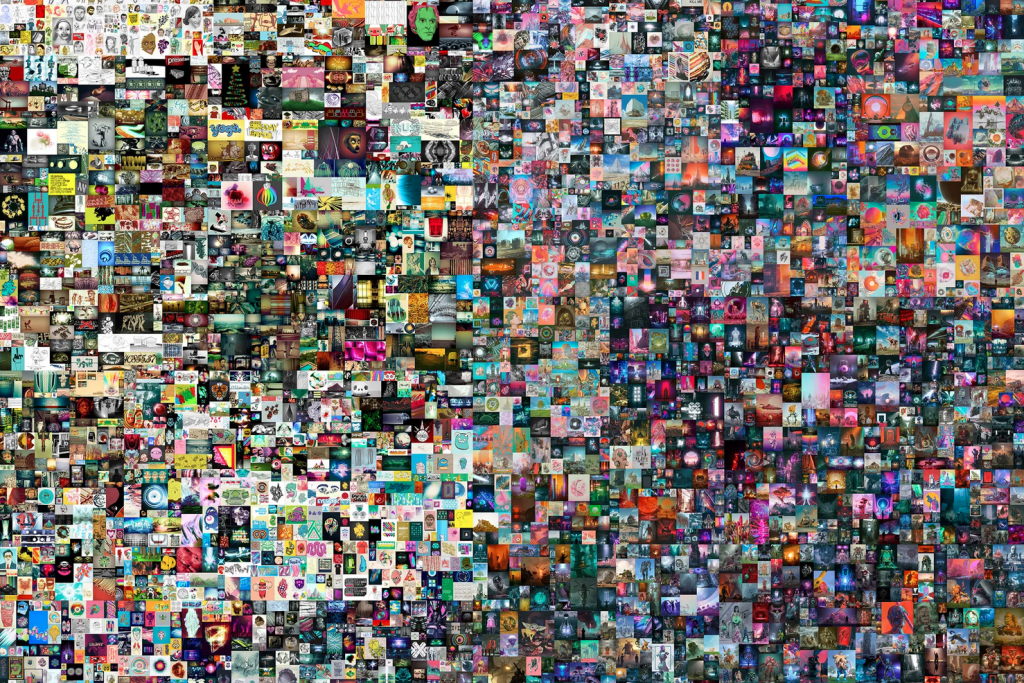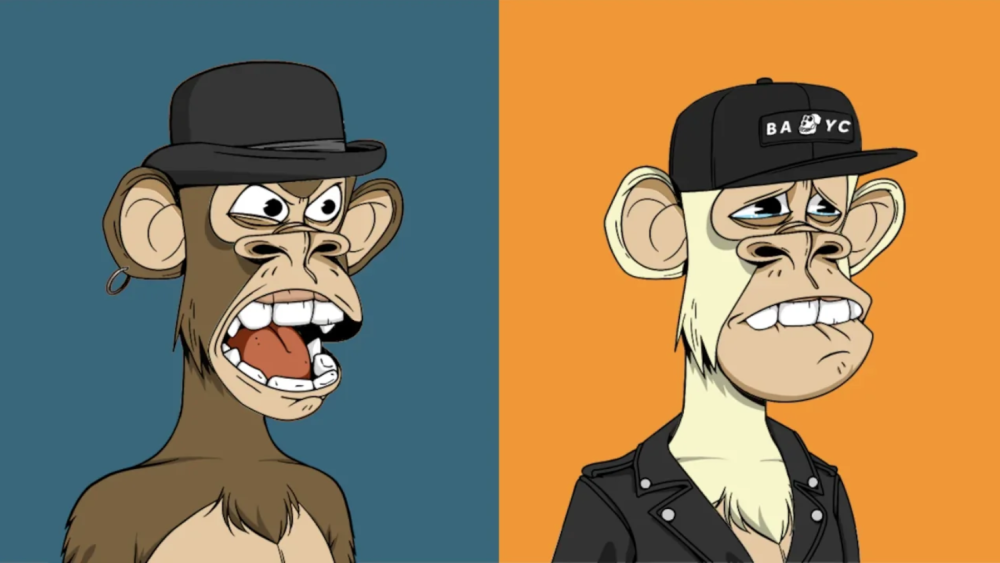Welcome to the second installment of the Crypto Corner column where we seek to answer some questions you may have regarding the intricacies of crypto and NFTs. Check out last week’s article for a brief introduction to some of the core concepts of the ecosystem such as blockchains and decentralized finance. This week’s article is all about the extremely volatile world of NFTs: what they are and why they hold value.
At its core, a non-fungible token or NFT is an image attached to a unique piece of code on a blockchain that grants the holder of that code digital ownership of the image.
So, you may be wondering what is to stop someone from taking a screenshot of the image, attaching it to its own unique blockchain code, and saying they own the image?
For starters, when a project is “minted,” or created, all the original NFTs produced in the collection are verified, which is essentially a digital letter of authenticity saying that the code you hold is from the original body of work. As a result, the person who owns the original NFT actually holds all the commercial rights to the attached image.
All NFT projects have a finite number of pieces, which creates an economy of scarcity similar to any other collectible. For example, while some talented artist may be able to produce an exact replica of the Mona Lisa, that copy will never carry the same value as the original.
If you stay up to date with any major publication, then you have probably come across headlines touting NFT sales for ungodly sums of money. Just last March, the highly renowned digital artist Beeple sold an NFT via Christie’s auction house titled “Everydays: The First 5000 Days” for more than $69 million, which puts him among the top three most valuable living artists.

And, even though these monstrous multi-million dollar sales are extremely rare, there have still been a large contingent of people who have been able to make a full-time living off of trading less expensive projects with high supplies.
The value in larger projects with 10,000 or more pieces in a collection can be likened to baseball cards. Back in 1992, Topps only created so many Derek Jeter rookie cards, and even though objectively it is just a piece of cardboard, there is something intrinsically valuable about it being an original from the beginning of his career.
However, this economy of scarcity isn’t the only factor driving value for large collections. What makes NFTs so unique is the diversity of utilities that exist in the space. Some people may be preferential to accumulating pieces of art that they find compelling, while others could care less about the art and buy NFTs to get access to the benefits that come with being a holder in a project.
The intricacies of this space are too much for one column, but hopefully, this piece has given you a good teaser into the world of NFTs. Next week we’ll be back to dive into the two major blockchains, Ethereum, and Solana, which dominate the NFT market.















